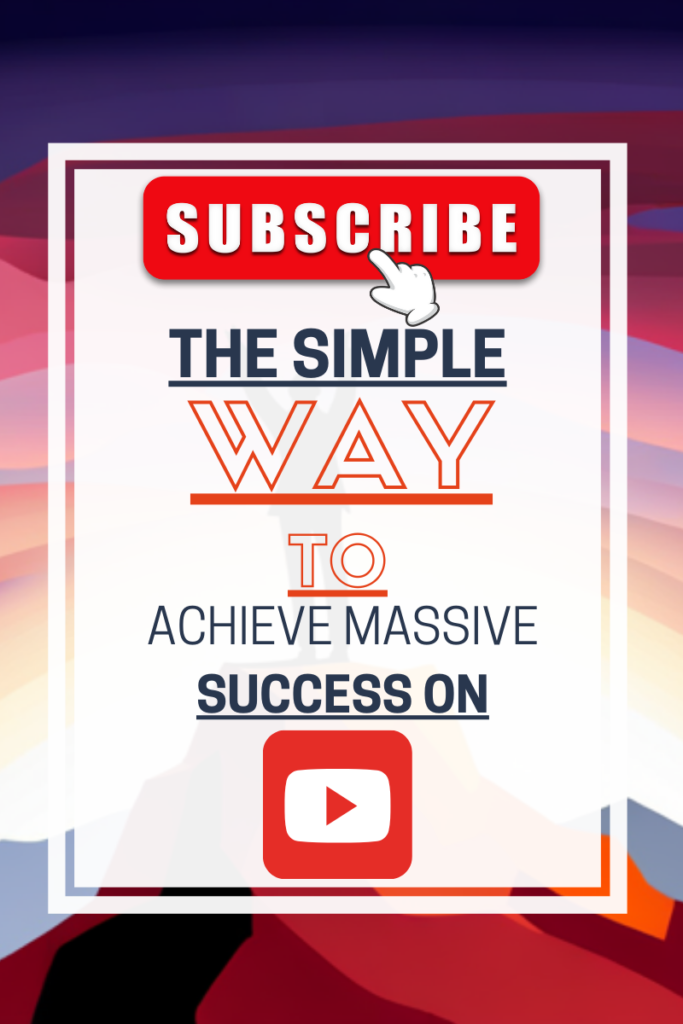Hey there, search fans and digital marketers!
Eric Edmond here, and today we’re taking a deep dive into the world of affiliate marketing. Now, I know what you’re thinking:
“Eric, aren’t you usually all about search engines and SEO?“
Well, yes, but here’s the thing: affiliate marketing and search are like peanut butter and jelly. They just work better together.
So, buckle up, because we’re about to embark on a journey through the affiliate marketing landscape. I’ve got some insights that might just change the way you think about this powerful marketing strategy.
The Basics: What’s the Deal with Affiliate Marketing?
Let’s start with the fundamentals. Affiliate marketing is essentially digital matchmaking. You’re connecting your audience with products or services they might love, and when they make a purchase, you earn a commission. Simple in theory, but mastering it? That’s where things get interesting.
Now, I’ve been around the digital block a few times, and I can tell you that affiliate marketing isn’t just about slapping a few links on your site and hoping for the best. It’s a nuanced strategy that requires careful planning and execution.
Setting Your Affiliate GPS: Where Are You Headed?
Before you dive headfirst into the affiliate pool, you need to know where you’re swimming. Are you looking to generate a side income, or are you aiming to build a full-fledged affiliate empire? Setting clear, measurable goals is crucial.
Pro tip: Be specific and realistic. When I started in the search industry, I didn’t set out to “dominate the entire internet” overnight. I focused on achievable milestones. The same principle applies here.
Choosing Your Dance Partners: Not All Affiliates Are Created Equal
Here’s where things get interesting. Choosing the right affiliate programs is like selecting the perfect keywords for your SEO strategy, it can make or break your success.
You need to find that sweet spot, programs that align with your niche, offer competitive commissions and promote products your audience will want. Do your homework, folks. Read the fine print, and don’t be shy about reaching out to program managers with questions.
Building Your Home Base: It’s More Than Just Links
Remember the early days of the web when sites were just a collection of links? Well, affiliate marketing has come a long way since then. You need a solid home base, a website or a blog that showcases your affiliate offers.
But here’s the kicker: your site needs to be more than just a billboard for affiliate products. It should be a valuable resource for your audience. Think of high-quality content that solves problems and builds trust. Sound familiar? It’s the same principle that drives successful SEO strategies.
Content: The King That Never Abdicates
If there’s one thing I’ve learned in my years covering search engines, it’s that content is king. The same holds in affiliate marketing. But here’s where many affiliate marketers stumble, they focus solely on creating content and forget about distribution.
Mix up your content types, blog posts, videos, podcasts, and social media updates. And here’s a secret weapon: leverage user-generated content. Nothing sells like authentic recommendations from real users. It’s like getting a bunch of high-quality backlinks, it builds credibility and trust.
Finding Your Tribe: It’s All About Targeting
Identifying and engaging with your target audience is crucial. But here’s where most people mess up, they cast too wide a net. It’s like trying to rank for every keyword under the sun. Instead, narrow your focus.
Get hyper-specific about who your ideal customer is. Then, go where they hang out online and become a valuable member of their community. It’s like optimizing for long-tail keywords, less competition, and higher conversion rates.
The Data-Driven Affiliate: Track, Analyze, Optimize
If you’ve followed my work, you know I’m a big fan of data. In affiliate marketing, data is your best friend. Use tools like Google Analytics, affiliate network dashboards, and heat mapping software to track your performance.
But don’t just collect data, use it to make informed decisions. Constantly test and refine your approach. It’s like running A/B tests on your meta descriptions or tweaking your title tags. Small changes can lead to big results.
CRO: Your New Favorite Acronym
Want to know the fastest way to boost your affiliate income? It’s not always about driving more traffic, it’s about converting more of the traffic you already have. This is where Conversion Rate Optimization (CRO) comes in.
Dive into CRO techniques like A/B testing, improving your call-to-actions, and optimizing your site speed. It’s like fine-tuning your landing pages for better search performance, small tweaks can lead to significant improvements.
Scaling Up: The Art of Strategic Growth
Once you’ve got a winning formula, it’s time to scale. This might mean expanding into new niches, partnering with more affiliates, or automating parts of your process. But remember, scaling too fast can be just as dangerous as not scaling at all. Grow strategically, just like you would when expanding your SEO efforts to new markets or languages.
Measuring What Matters: Beyond Vanity Metrics
In the world of search, we’ve long known that vanity metrics like raw traffic numbers don’t tell the whole story. The same is true in affiliate marketing. Focus on KPIs that directly impact your bottom line, things like earnings per click (EPC), average order value (AOV), and customer lifetime value (CLV). These numbers will tell you if you’re winning the affiliate game.
Next-Level Strategies: Pushing the Envelope
Now, let’s talk about some cutting-edge strategies that most affiliate marketers aren’t using. These are the equivalent of discovering a new ranking factor before anyone else:
- Micro-Influencer Partnerships: Team up with niche influencers who have small but highly engaged audiences. Their recommendations can be incredibly powerful.
- AI-Powered Chatbots: Set up chatbots on your site to guide visitors to relevant affiliate offers based on their needs and preferences. It’s like having a 24/7 customer service rep.
- Affiliate Product Comparison Tools: Build interactive tools that help your audience compare different affiliate products side-by-side. This not only provides value but can significantly boost conversions.
- Virtual Events: Organize webinars or virtual summits featuring your top affiliate products. This allows for deeper engagement and can lead to higher conversion rates.
- Gamification: Add game-like elements to your affiliate marketing strategy, such as point systems or challenges, to increase engagement and repeat visits.
The Long Game: Patience and Persistence Pay Off
Remember, folks, affiliate marketing isn’t a get-rich-quick scheme. It’s a business that requires strategy, patience, and constant optimization. But with the right approach and a healthy dose of hustle, you can create a winning affiliate marketing strategy.
In many ways, it’s similar to SEO. Both require a long-term perspective, a willingness to adapt to changes, and a commitment to providing value to your audience. And just like in SEO, those who put in the work and stay the course are the ones who ultimately succeed.
So, there you have it, a comprehensive guide to mastering the art of affiliate marketing. Whether you’re just starting or looking to take your affiliate game to the next level, these strategies can help you navigate the complex world of digital matchmaking.
As always, I’d love to hear your thoughts. Have you had success with affiliate marketing? Any tips or tricks you’d like to share?
Drop them in the comments below. Let’s learn from each other and push the boundaries of what’s possible in this exciting field.
Until next time, this is Eric Edmond, signing off. Keep optimizing, keep innovating, and never stop learning!







